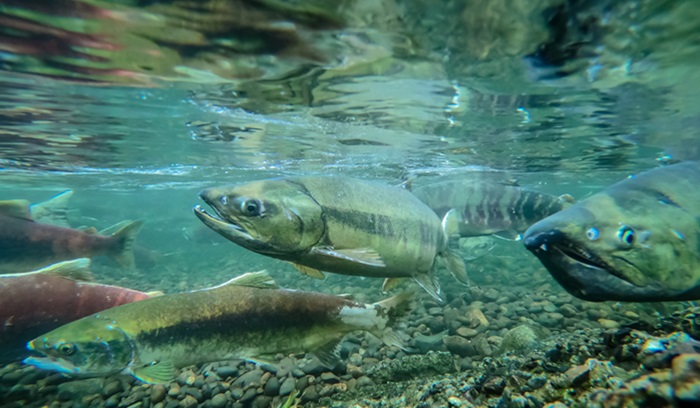Turkmenistan to join global wildlife trade convention CITES
The Central Asian nation is set to join the Convention on International Trade in Endangered Species of Wild Fauna and Flora (CITES) beginning in 2025. Home to many charismatic and widely traded species, such as the Persian leopard, snow leopard, peregrine falcon and markhor goat, this move is a step toward regulating the legal wildlife trade and preventing the illegal trade in Turkmenistan and the whole of Central Asia.









